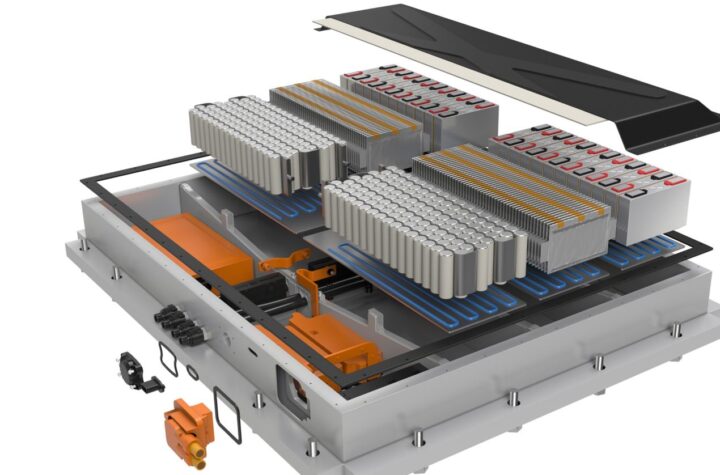
Ford Motor Company and Schaeffler today demonstrated the Fiesta-based eWheelDrive car, a driveable research vehicle that could lead to improvements in urban mobility and parking by making possible smaller, more agile cars.
Powered by independent electric motors in each of the rear wheels, eWheelDrive technology offers space under the hood that in conventional cars is occupied by the engine and transmission, and in electric cars by a central motor.
This technology could in the future support the development of a four-person car that only occupies the space of a two-person car today. At the same time, eWheelDrive steering system designs could enable vehicles to move sideways into parking spaces – a potential breakthrough as cities become more populated and congested.
“This is an exciting project to work on with Schaeffler because it potentially opens new options for the development of Zero Emission Vehicles with very efficient packaging and exceptional manoeuvrability,” said Pim van der Jagt, Ford’s director of Research & Advanced Engineering in Europe. “Looking forward, we have the opportunity to scope out the vehicle’s capabilities and how we might overcome some of the challenges presented by implementing the technology.”
With in-wheel motors, the components required for drive, deceleration and driver assistance technologies are installed in an integrated wheel hub drive – including the electric motor, braking and cooling systems.
“This highly integrated wheel-hub drive makes it possible to rethink the city car without restrictions; and could be a key factor in new vehicle concepts and automobile platforms in the future,” said Prof. Peter Gutzmer, chief technical officer, Schaeffler.
Ford joined the project led by Schaeffler, the leading German-based automotive component manufacturer and supplier, to investigate the potential for future vehicles that also could offer zero emissions, and more space for features such as additional protection zones.
In-wheel electric motors are seen by many industry experts as a potentially important future technology enabler for city cars as the world becomes more crowded and urbanized. It is projected that by 2050 the number of people living in cities globally will have increased from 3.4 billion to 6.4 billion*; and the number of cars worldwide will have increased fourfold.
“We face challenges that will have to be addressed through time, thought and investment,” said Sheryl Connelly, Ford’s global trends and futuring manager. “It is by starting to look at how we might meet those challenges through research projects such as eWheelDrive, that we ensure that we embrace a future of choice and not a future of constraint.”
Ford will next partner with Schaeffler, Continental, RWTH-Aachen and the University of Applied Sciences, Regensburg, on project MEHREN (Multimotor Electric Vehicle with Highest Room and Energy Efficiency) to develop two further driveable vehicles by 2015. The project aims to increase the integration of in-wheel motors in a car and will look at vehicle dynamics control, braking, stability and the fun-to-drive factor.












More Stories
DuPont materials science advances next generation of EV batteries at The Battery Show
How a Truck Driver Can Avoid Mistakes That Lead to Truck Accidents
Car Crash Types Explained: From Rear-End to Head-On Collisions